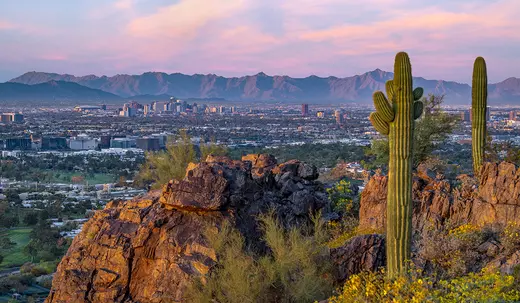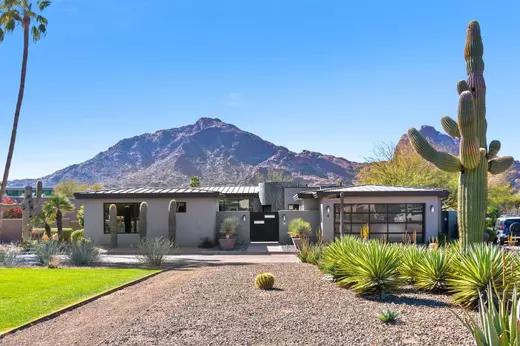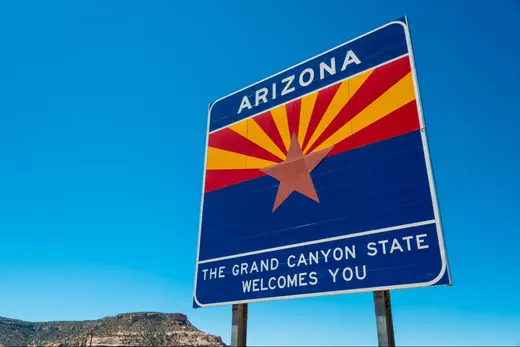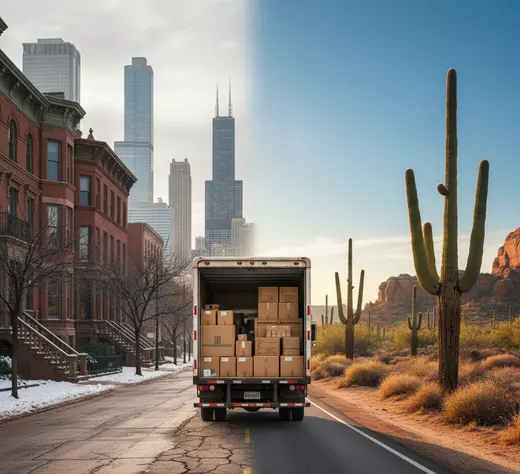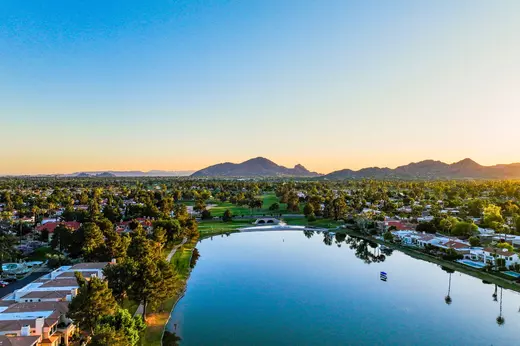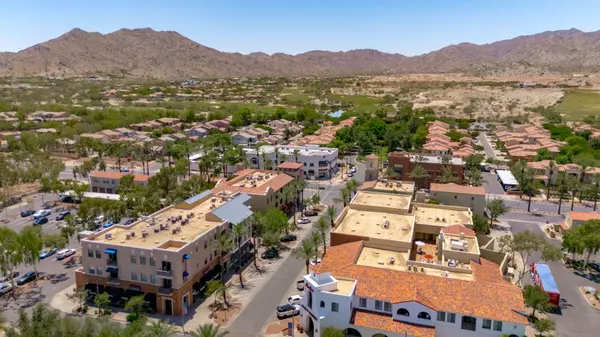Cost of Living Comparison
| Annual Income and Tax | Current Location ($) | Arizona ($) | Difference |
|---|---|---|---|
| Income | 0 | ||
| State Income Tax (%) | - | ||
| Net Income After Taxes | 0 | 0 | 0 |
| Monthly Expense Breakdown | |||
|---|---|---|---|
| Housing | 0 | ||
| Groceries | 0 | ||
| Utilities | 0 | ||
| Healthcare | 0 | ||
| Childcare | 0 | ||
| Entertainment | 0 | ||
| Education | 0 | ||
| Car Insurance | 0 | ||
| Home Insurance | 0 | ||
| Property Taxes | 0 | ||
| Gas | 0 | ||
| Internet | 0 | ||
| Cable | 0 | ||
| Other | 0 | ||
| Total Monthly Expenses | 0 | 0 | 0 |
Best Places to Live When Moving to Arizona
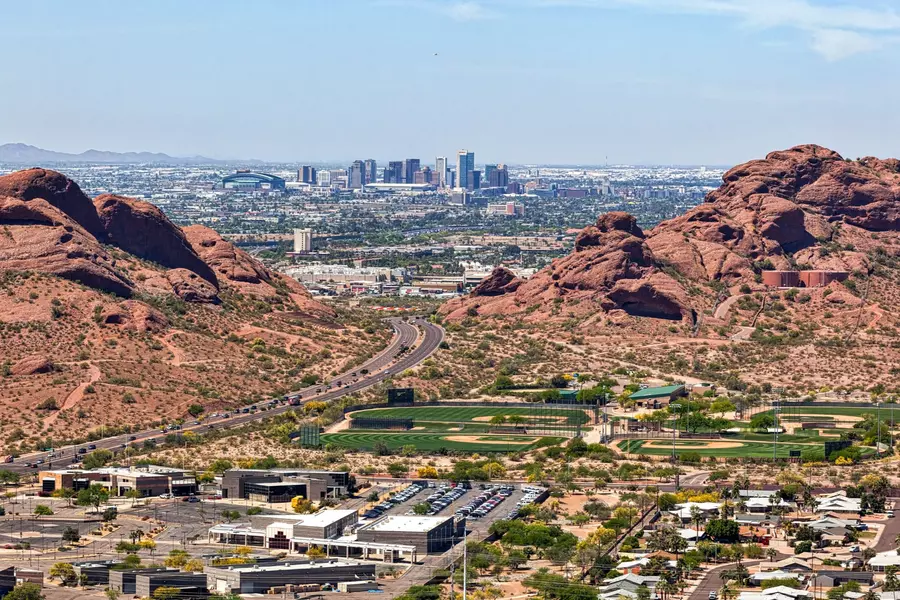



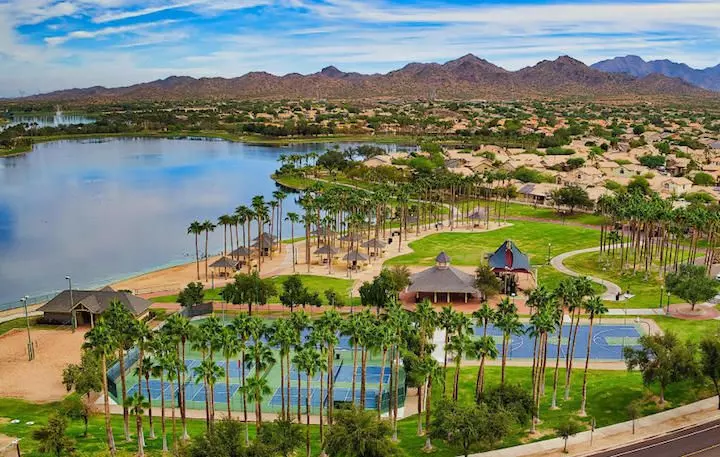
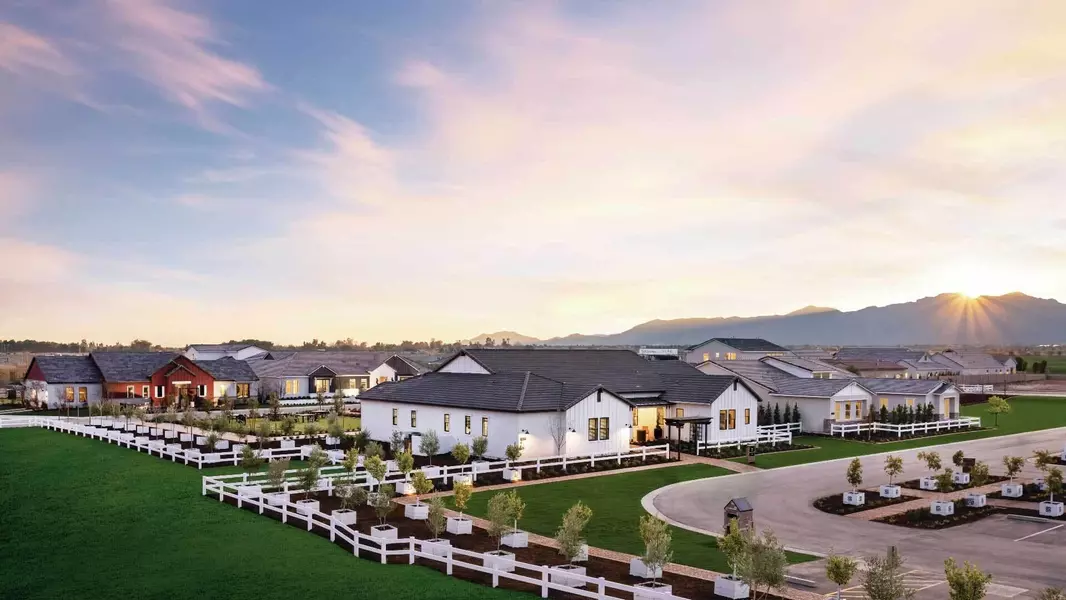
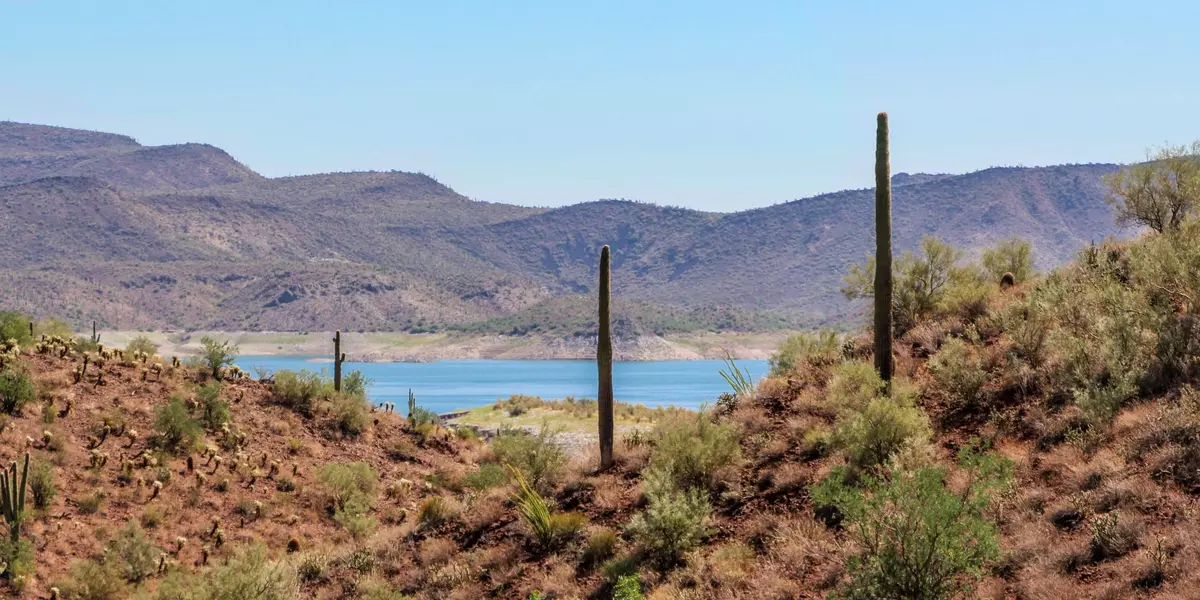
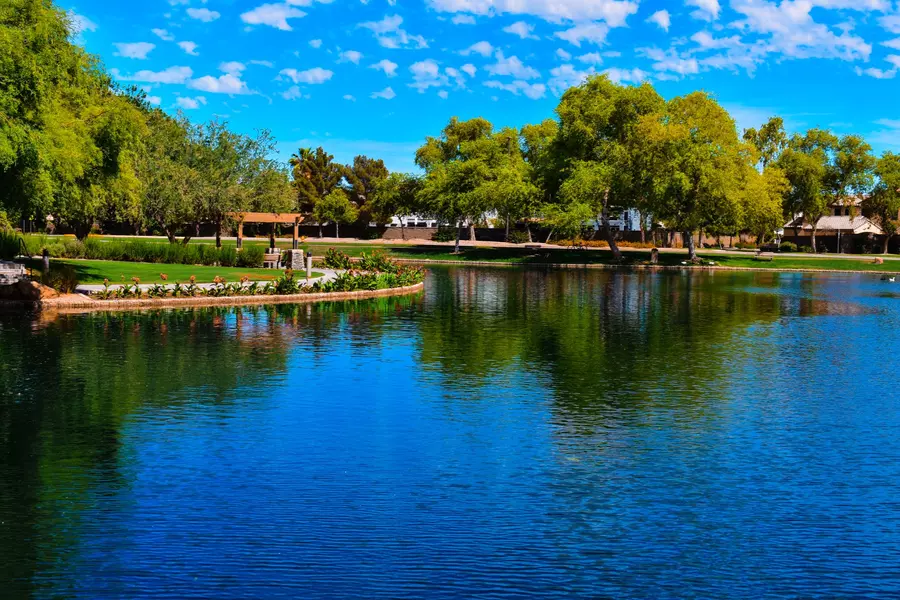

Relocation Checklist & Timeline
3–6 Months Before Your Move
Analyze cost of living differences
Begin conversations with a real estate professional
Determine whether new construction or resale is best
Review neighborhoods and master-planned areas
1–2 Months Before Moving
Coordinate movers
Notify employer if remote
Organize important documents
Moving Month
Register vehicles in Arizona
Update driver’s license
Get to know your new community
Frequently Asked Questions About Moving to Arizona
Is moving to Arizona cheaper than living in California, Washington, or Oregon?
Yes, moving to Arizona is typically more affordable than living in California, Washington, or Oregon. Phoenix offers lower housing prices, lower property taxes, and no tax on Social Security income. Many relocating buyers save 15–35% on their overall cost of living, even after upgrading their home. I provide a full Cost-of-Living Comparison Analysis that shows exact differences in housing, taxes, utilities, insurance, and lifestyle expenses between your state and Arizona.
What are the best Phoenix suburbs for families, retirees, and remote workers?
Why are so many people relocating to Phoenix right now?
What areas of Phoenix are best for new construction homes?
What should I know before relocating to Phoenix from out of state?
Do you help relocating buyers who want new construction?
Which cities have the best appreciation potential in Phoenix?

